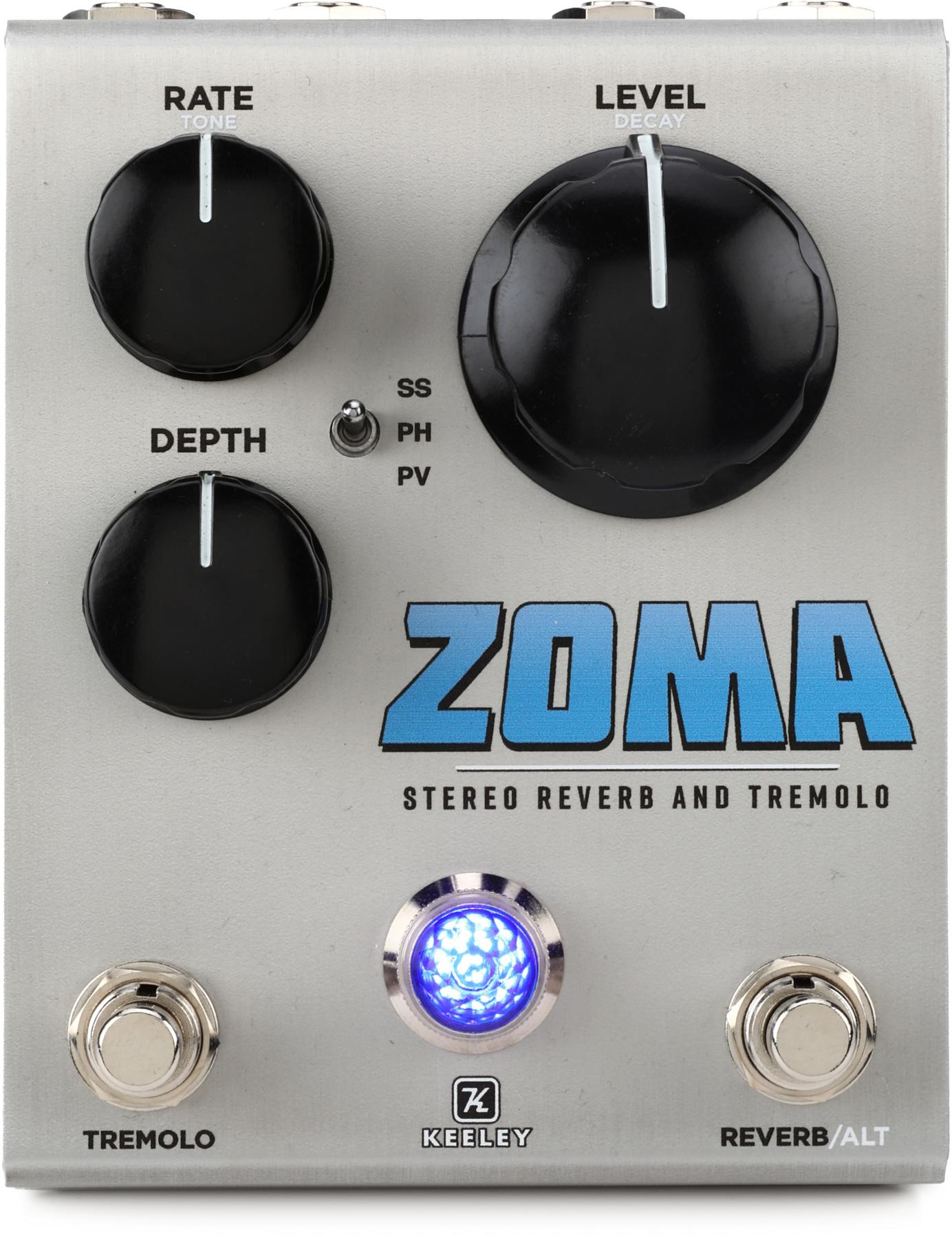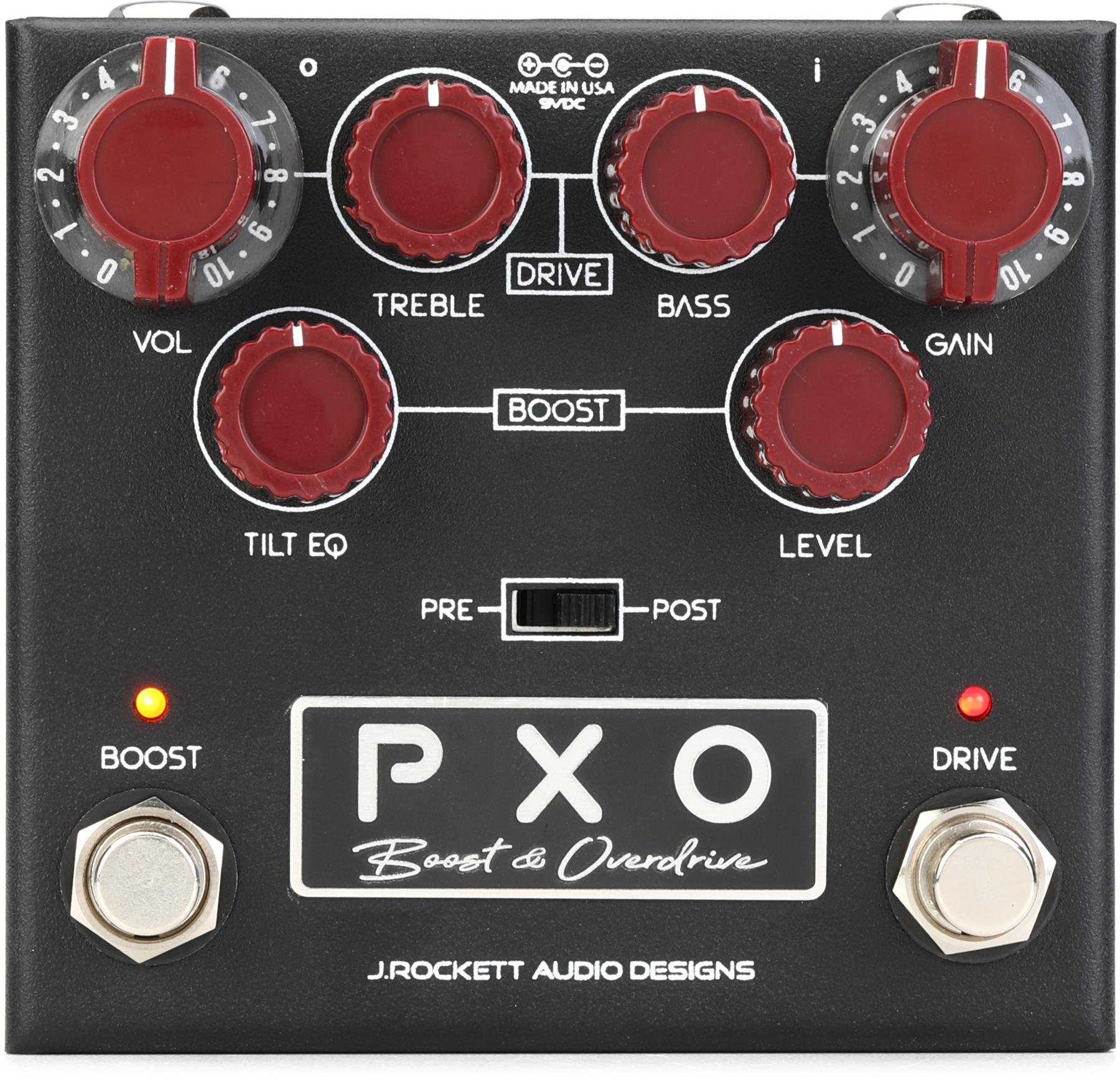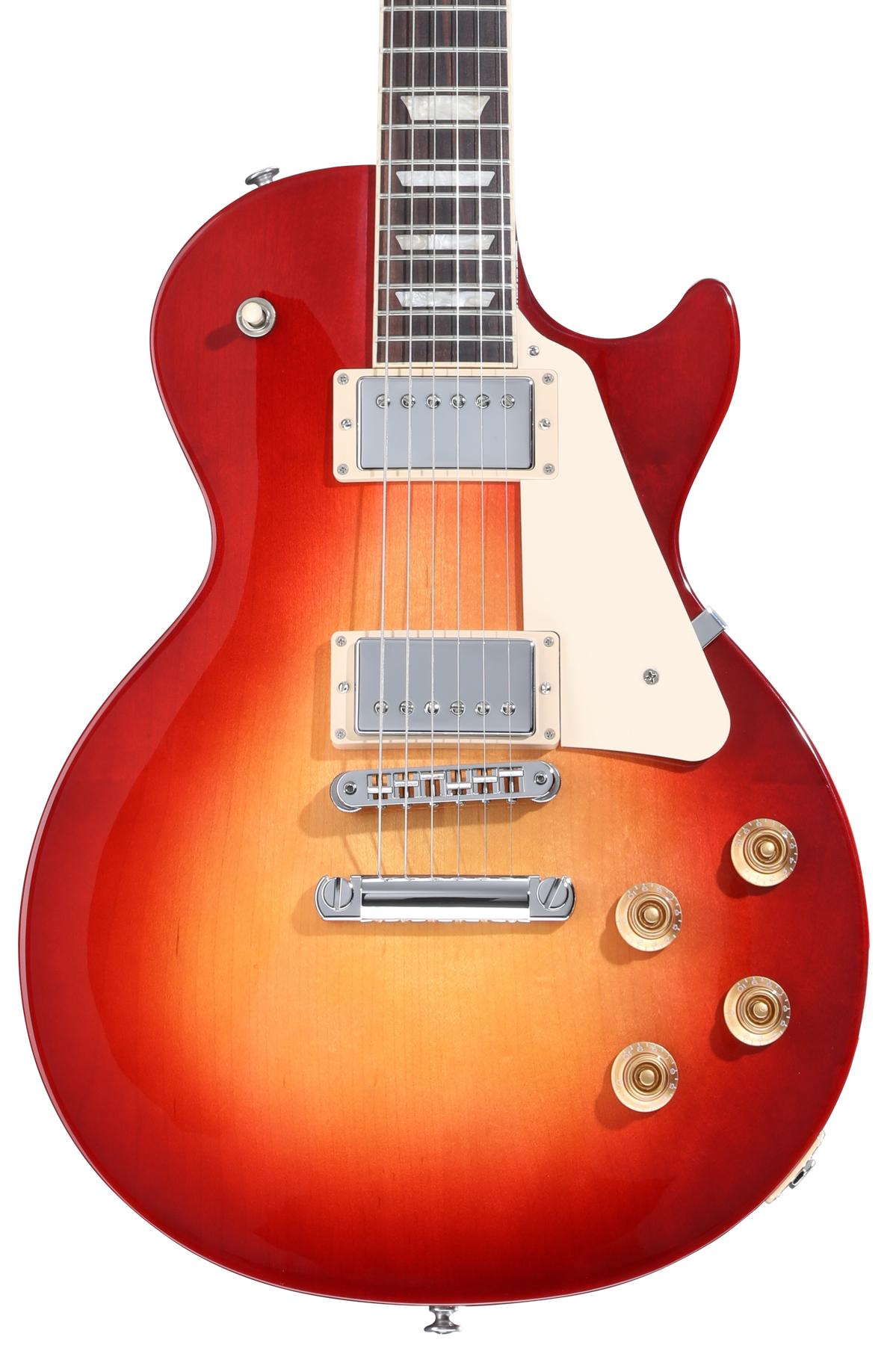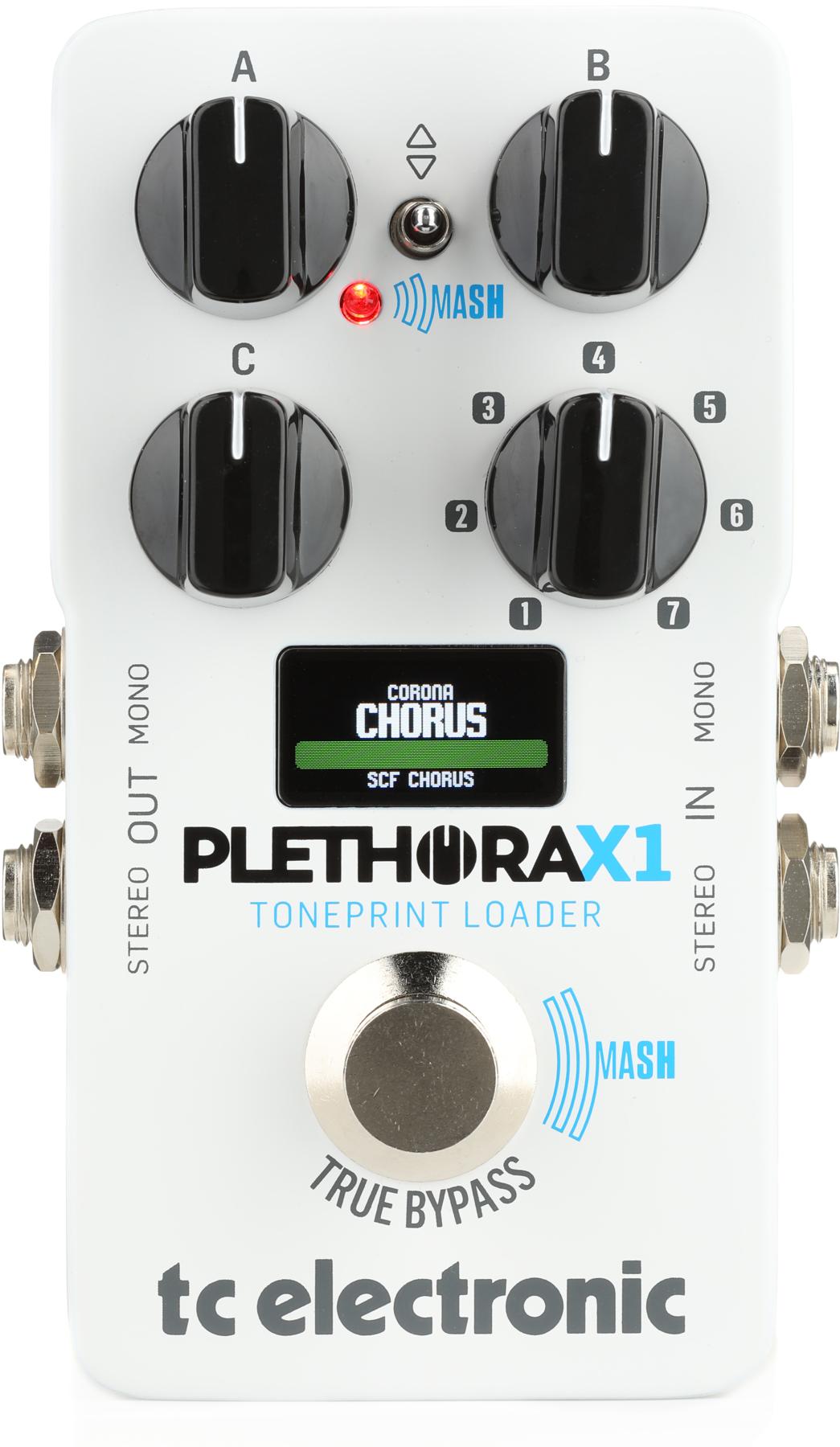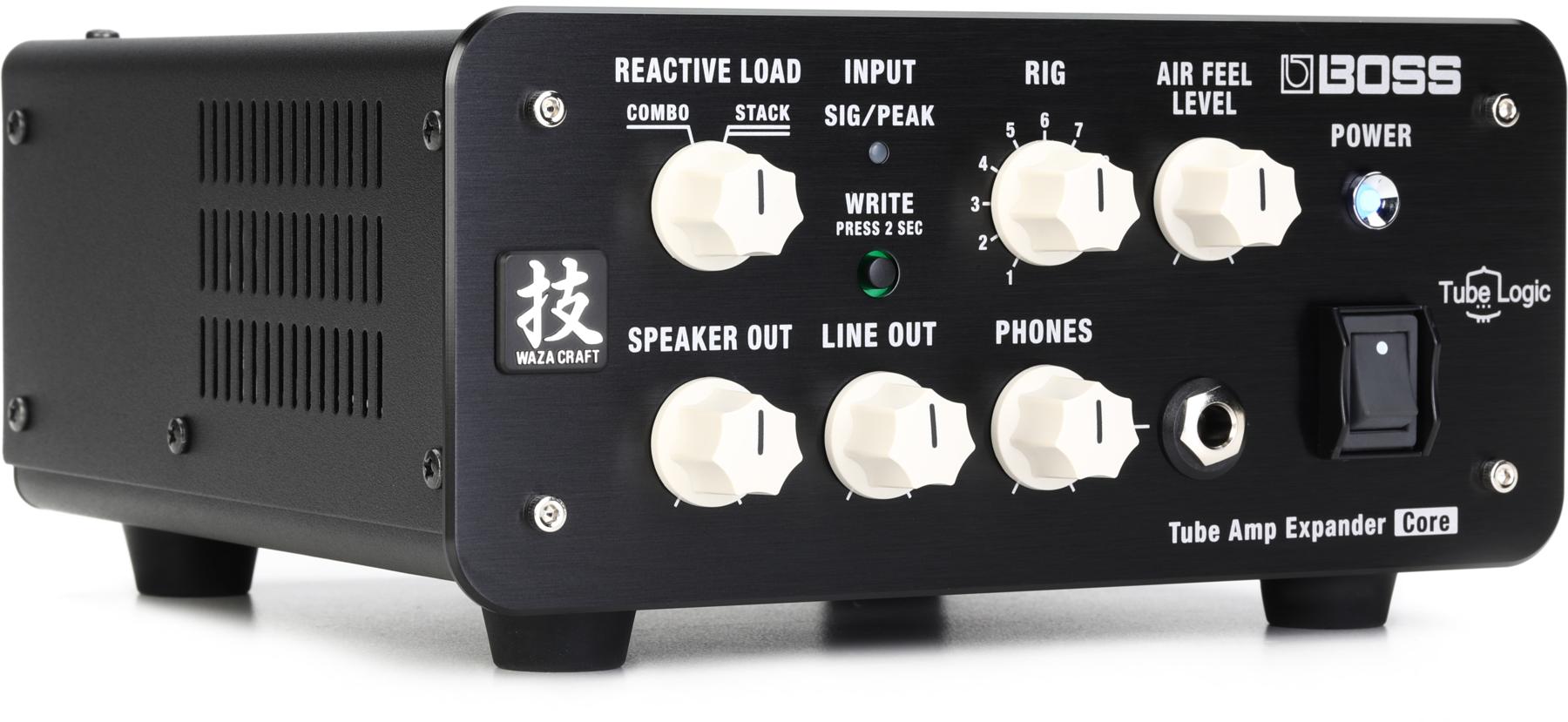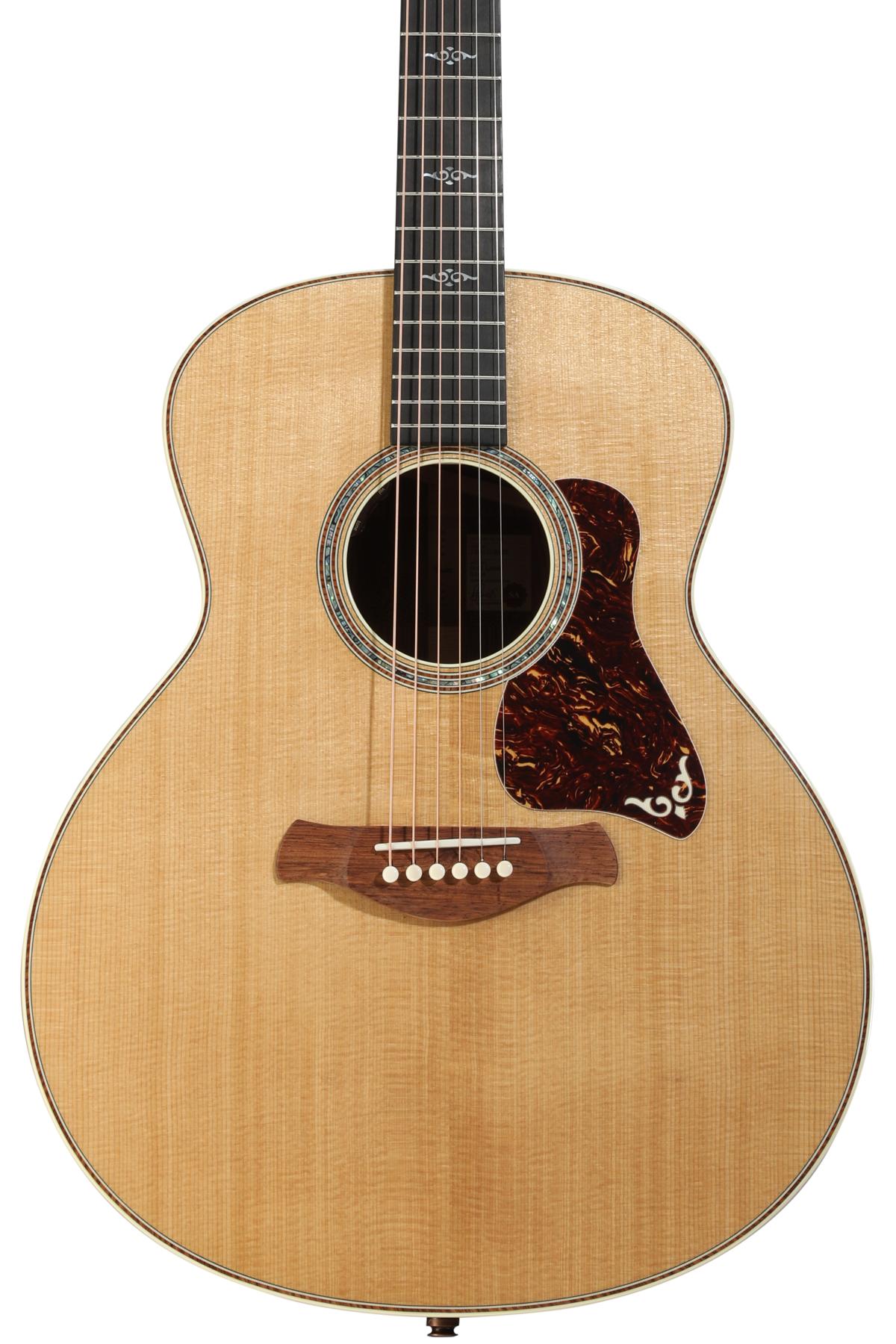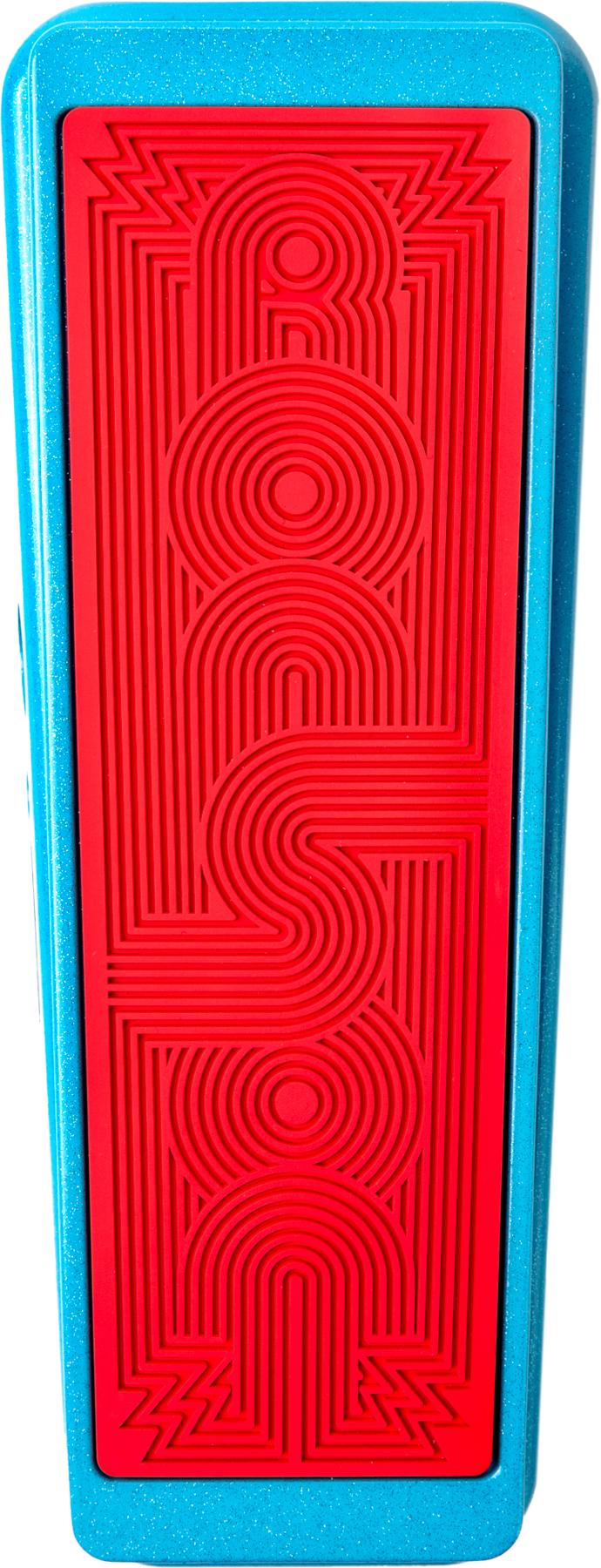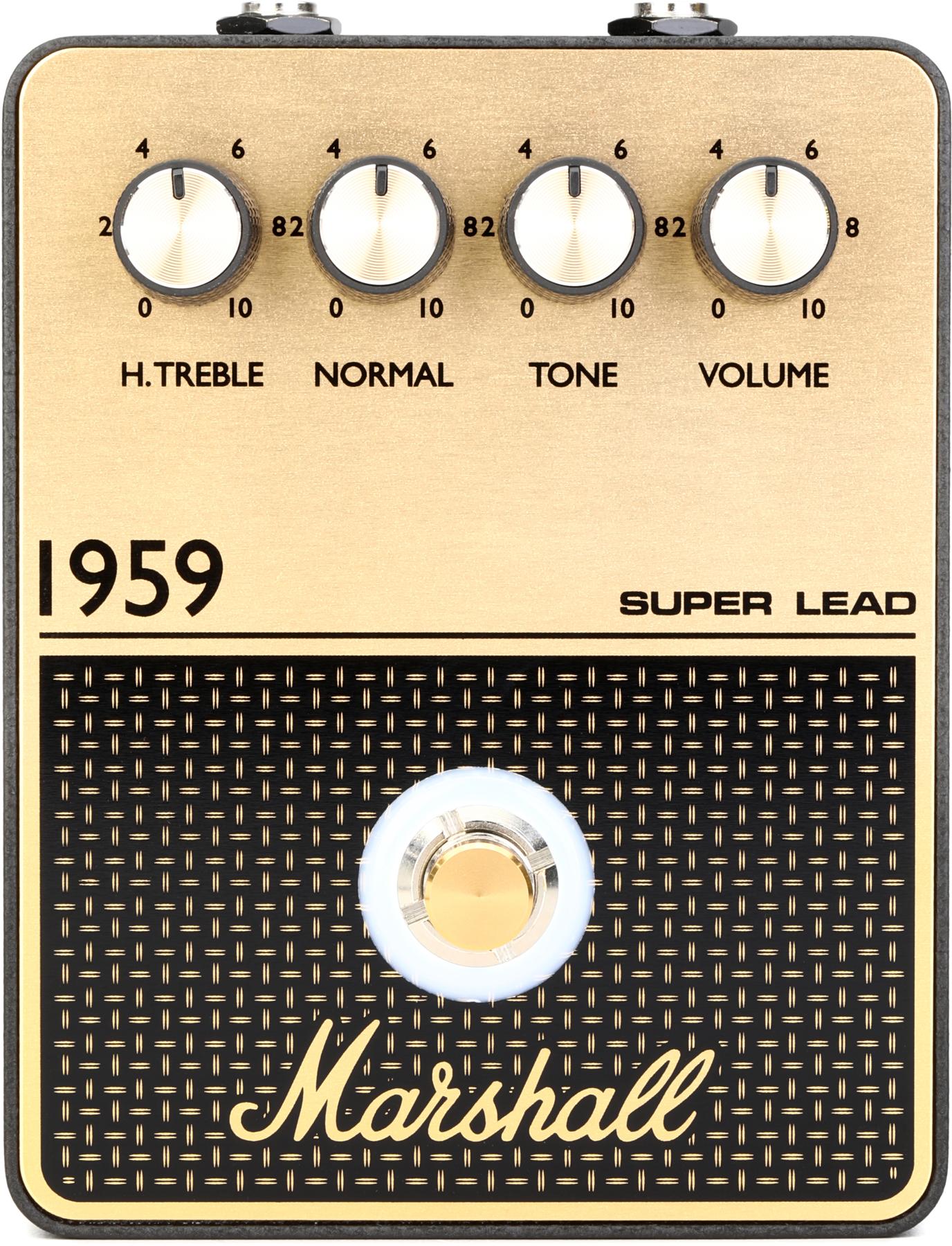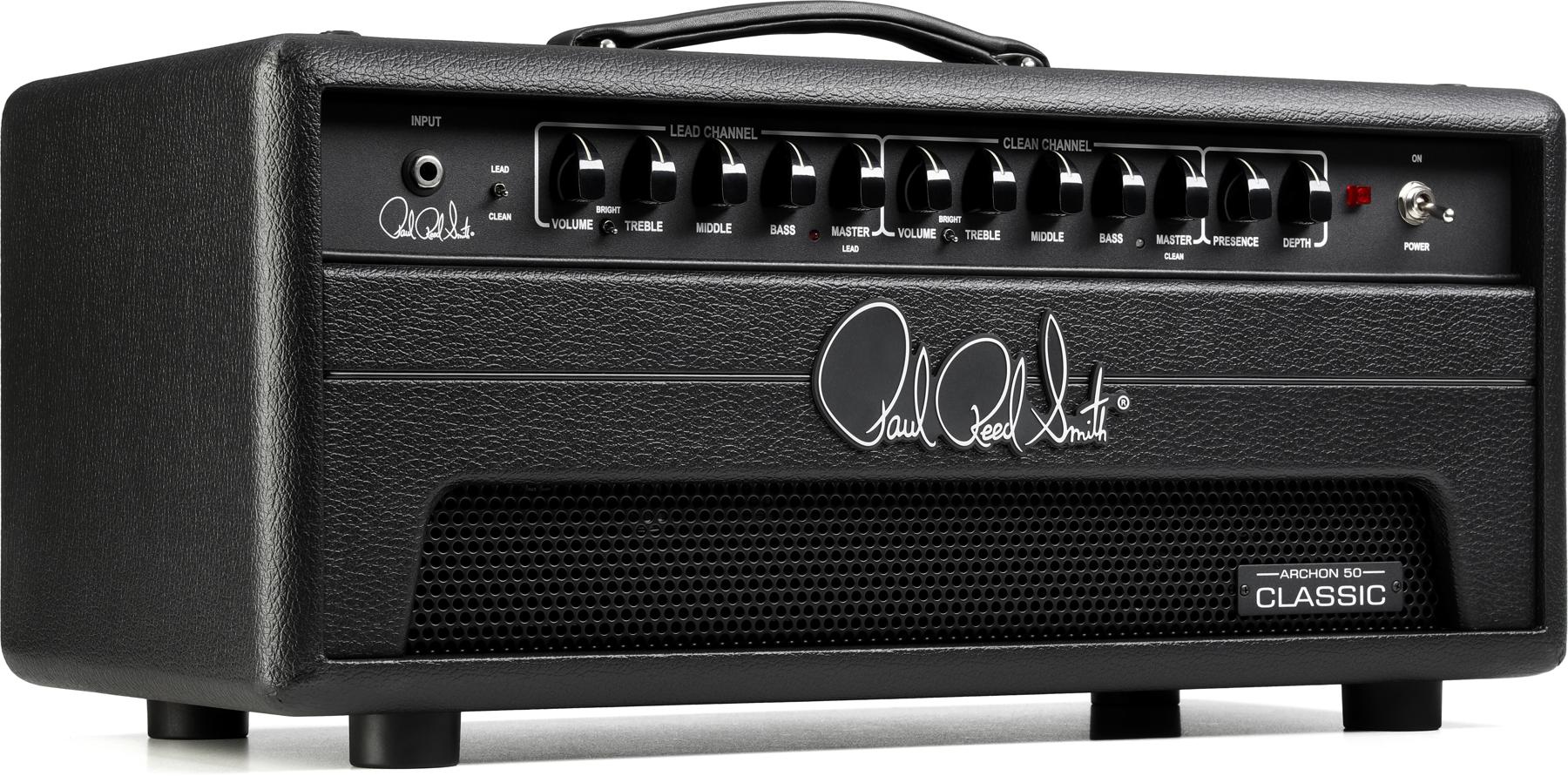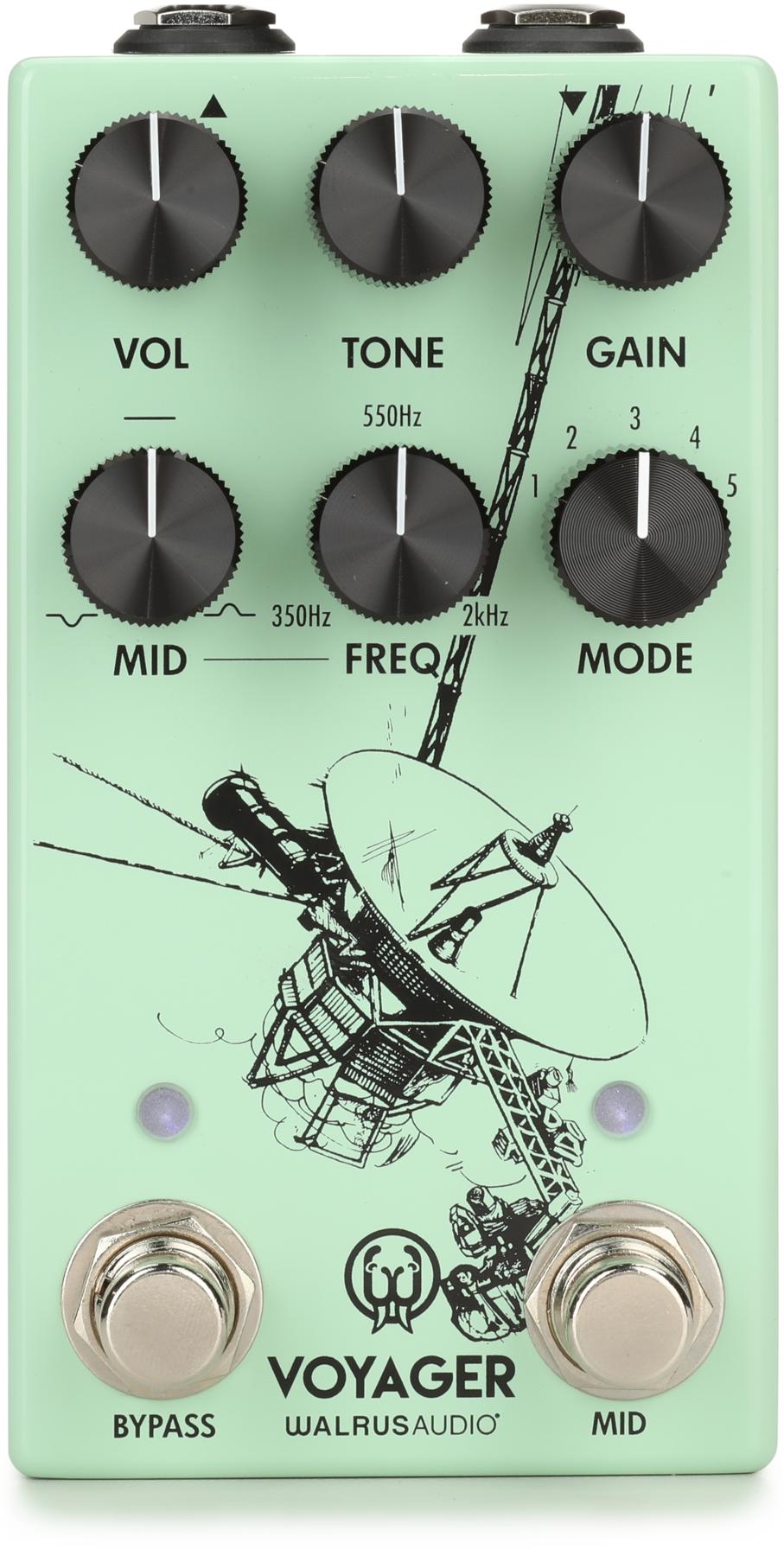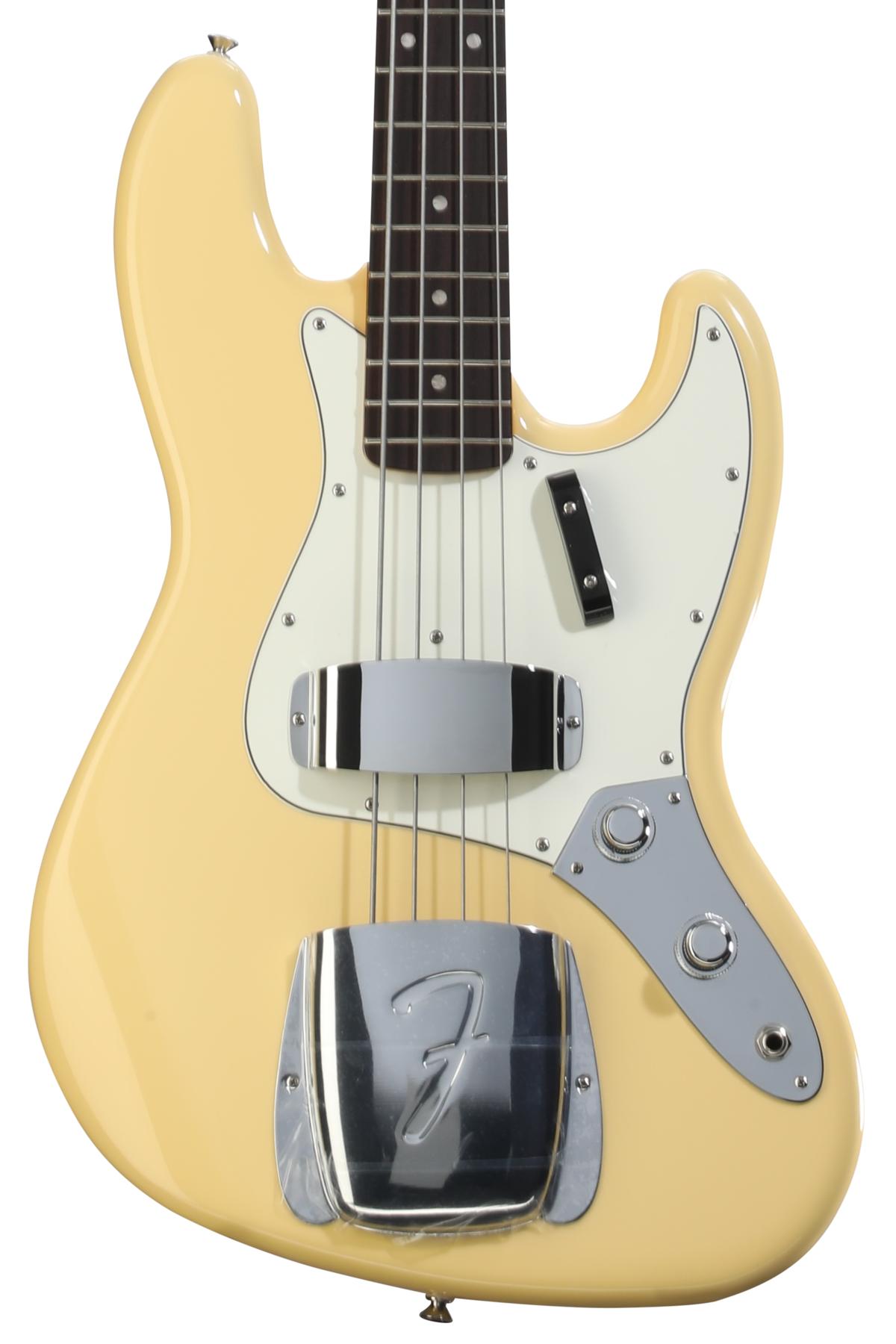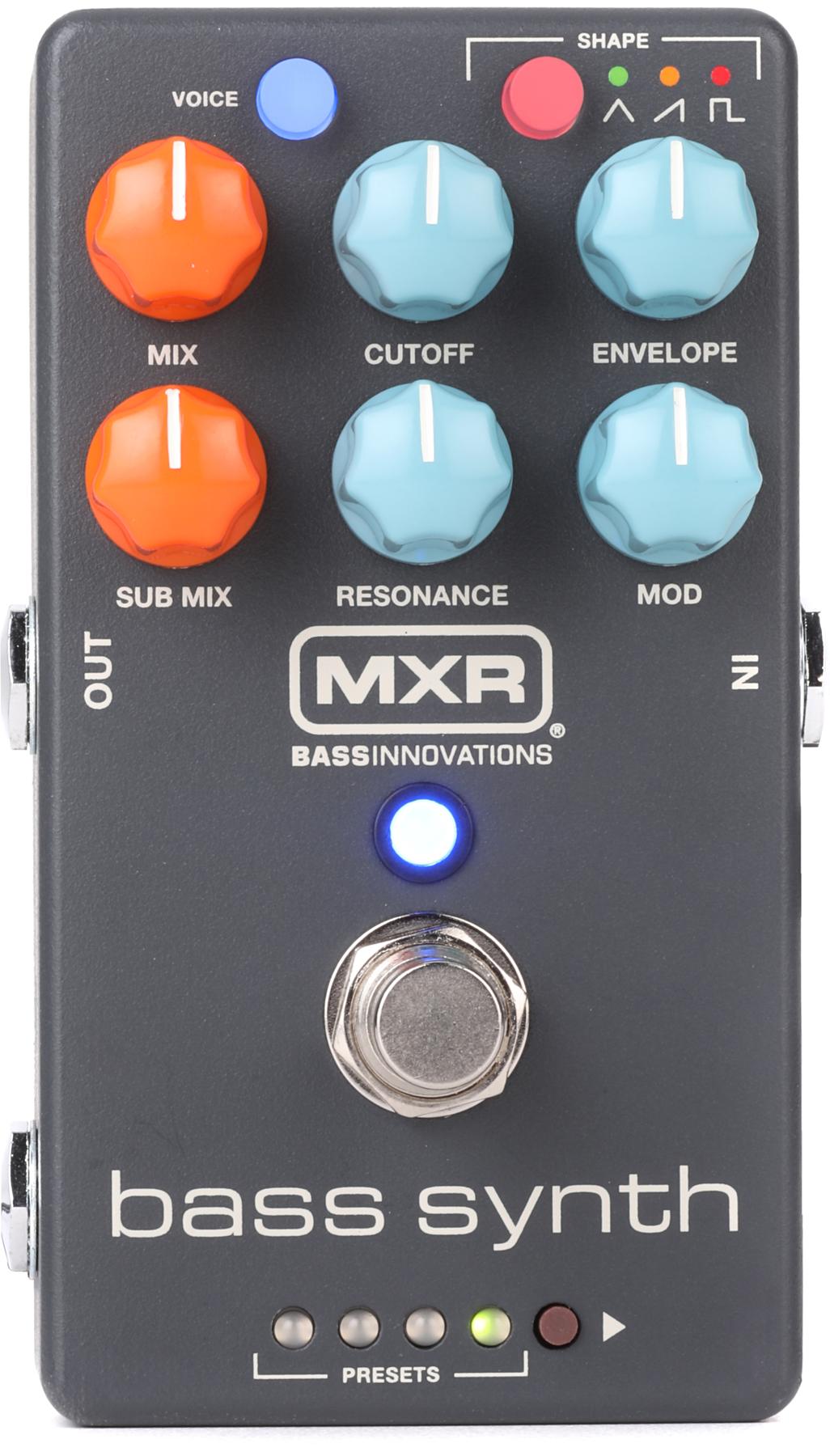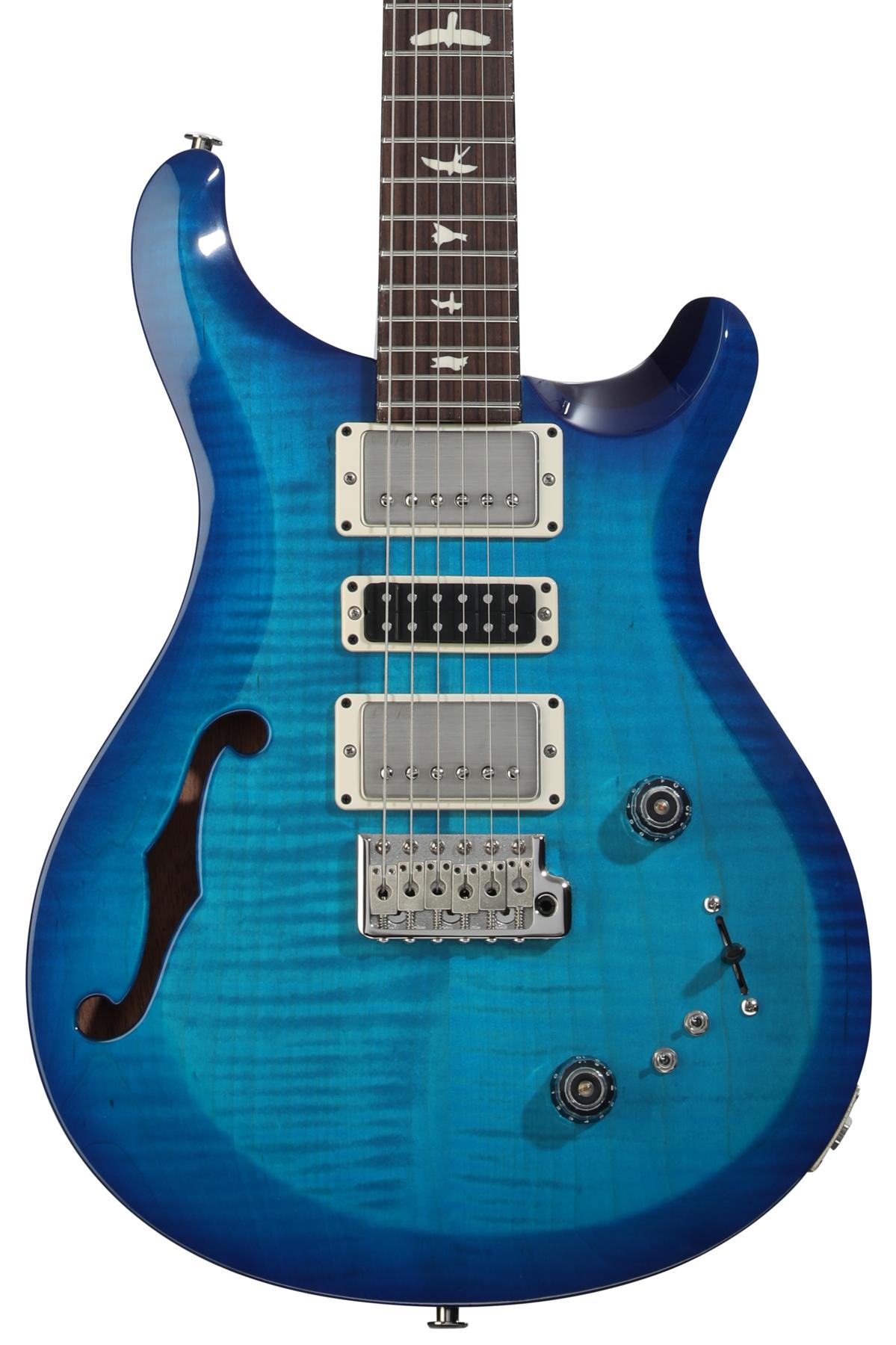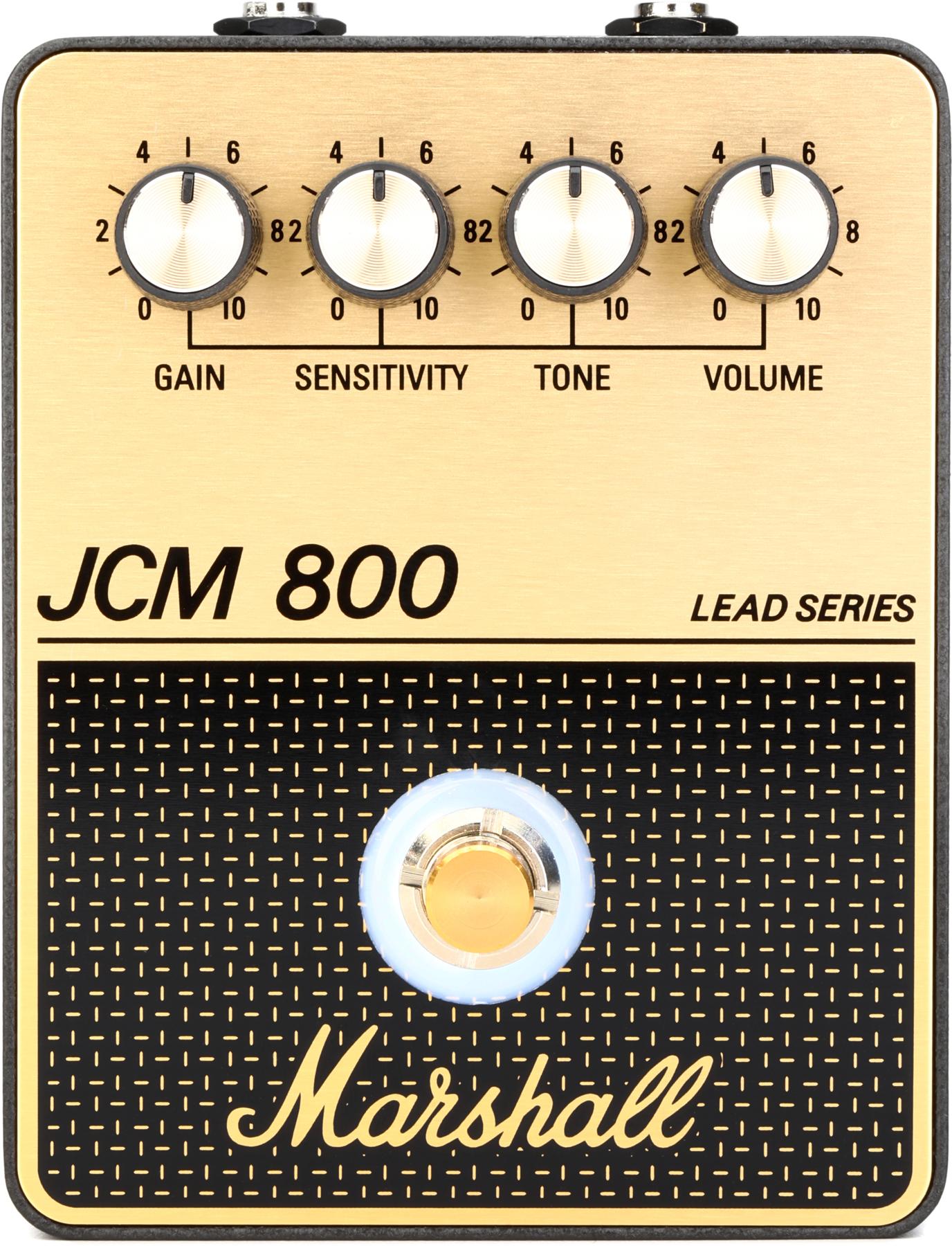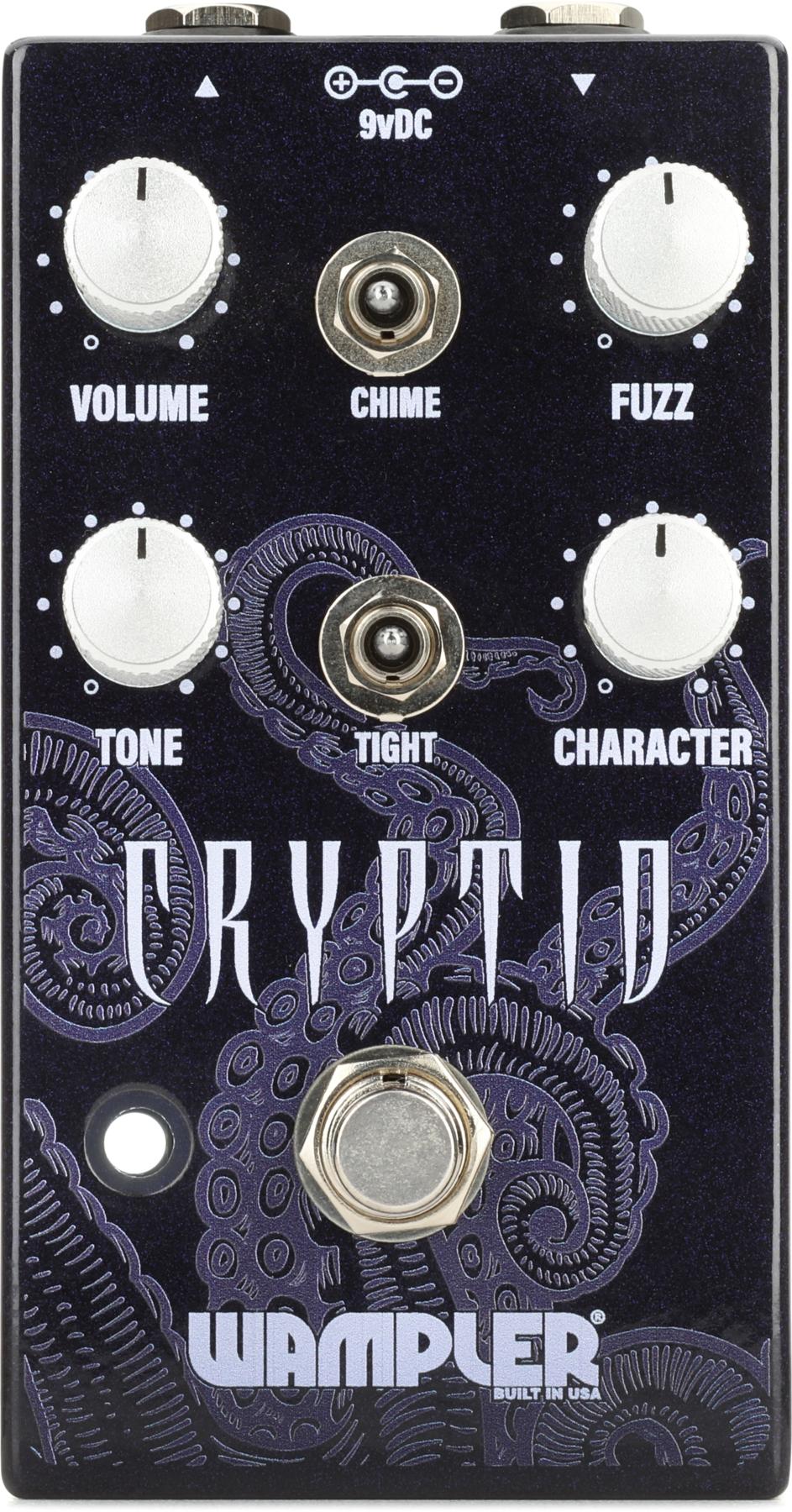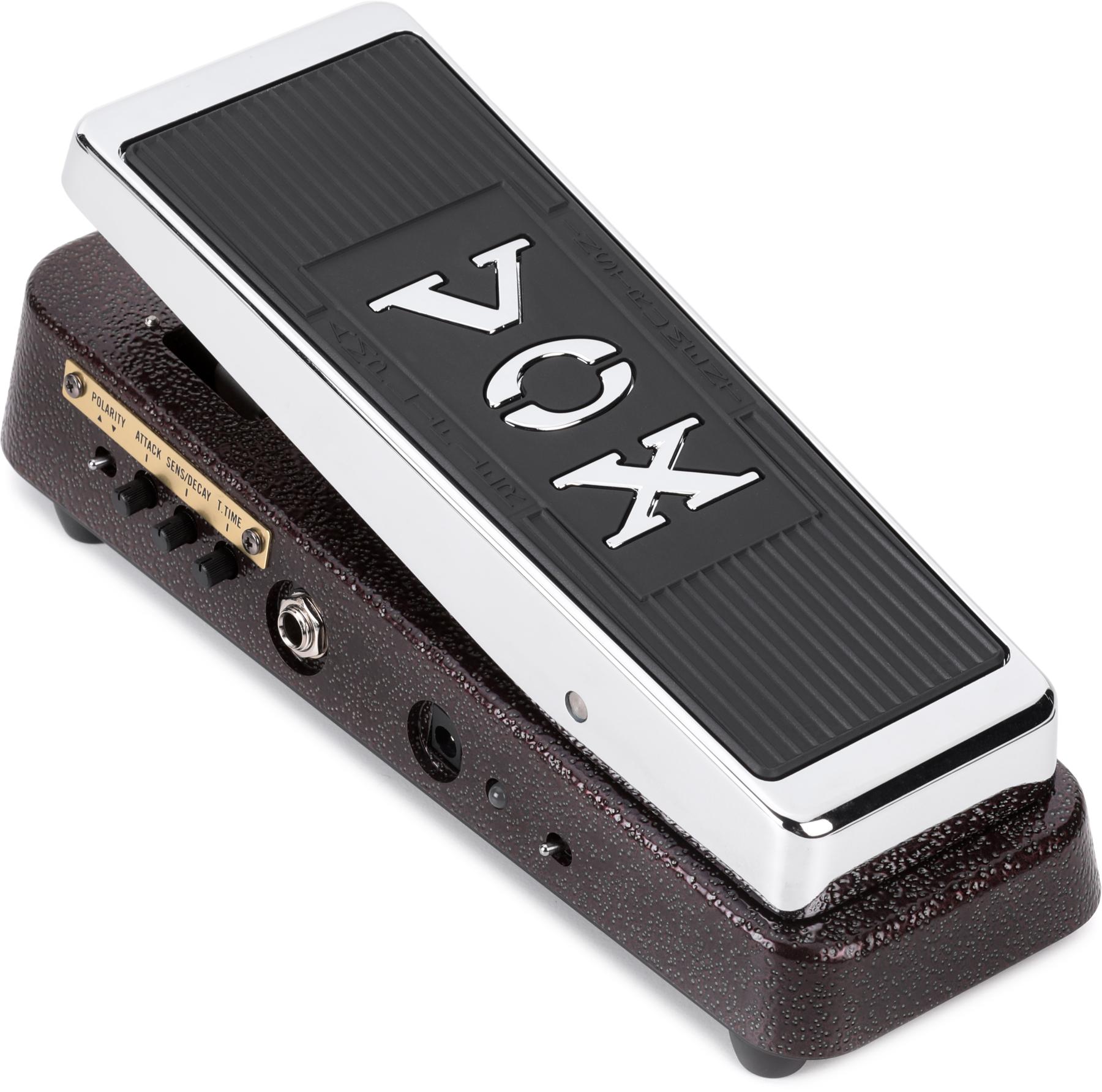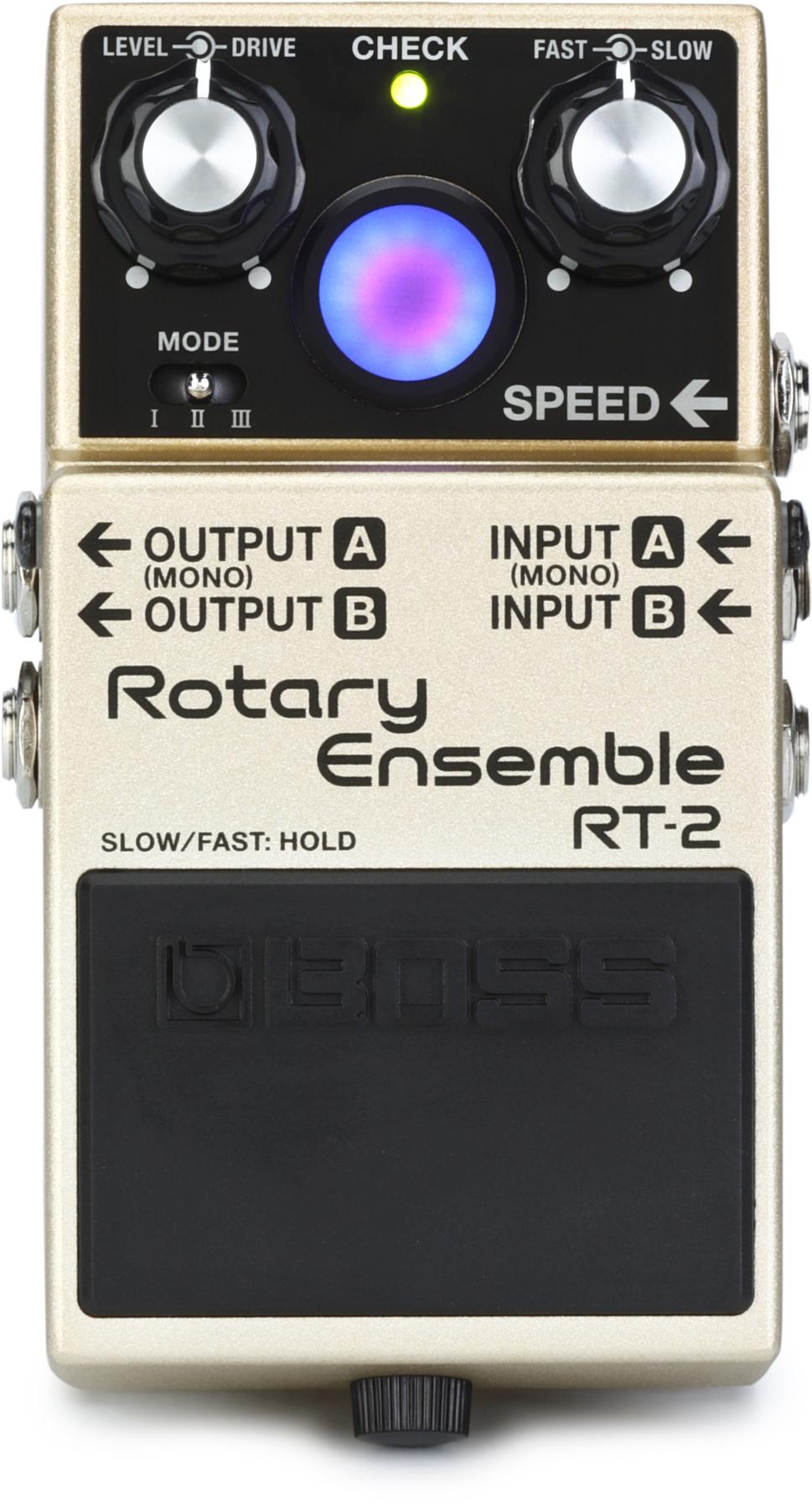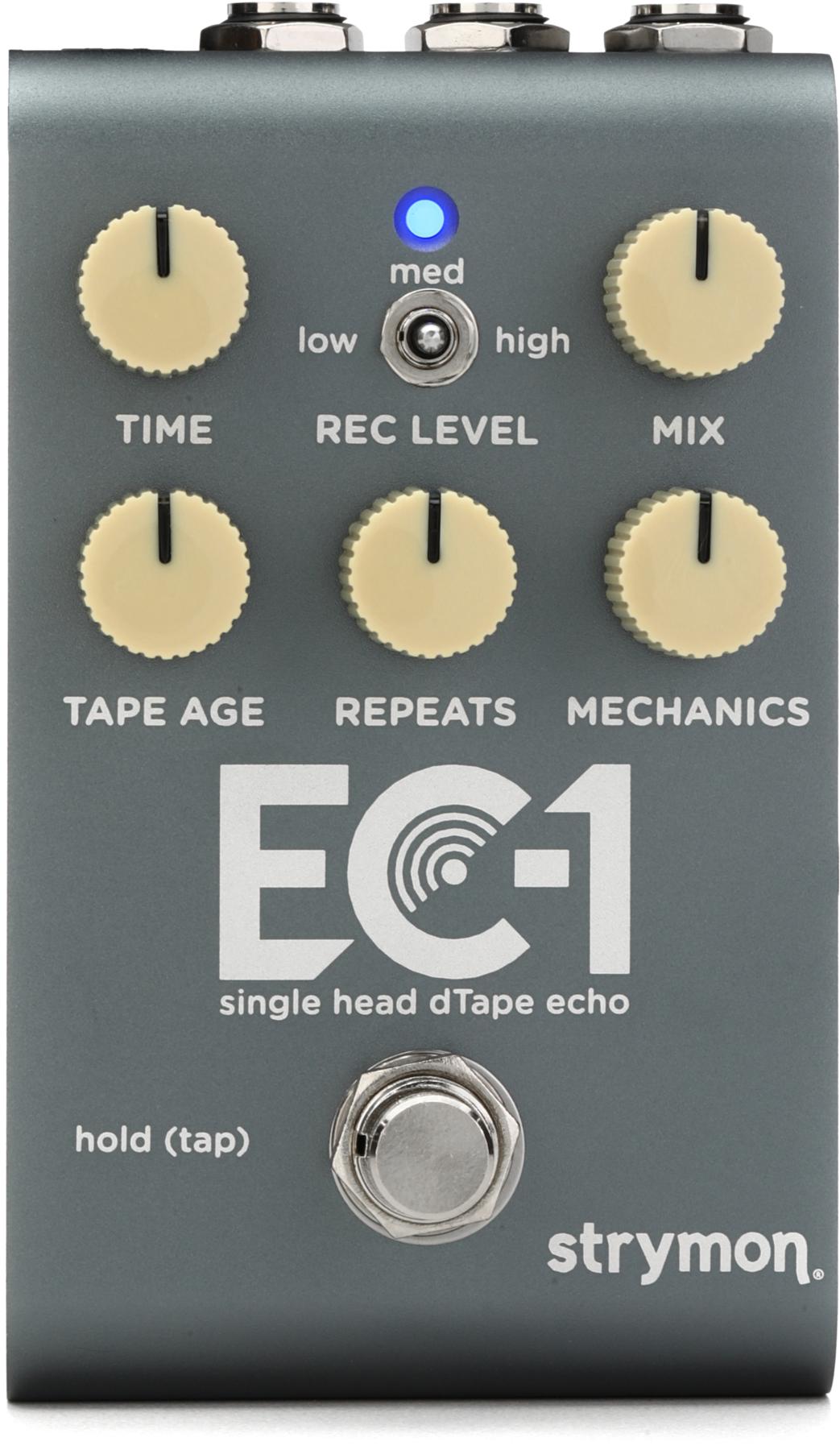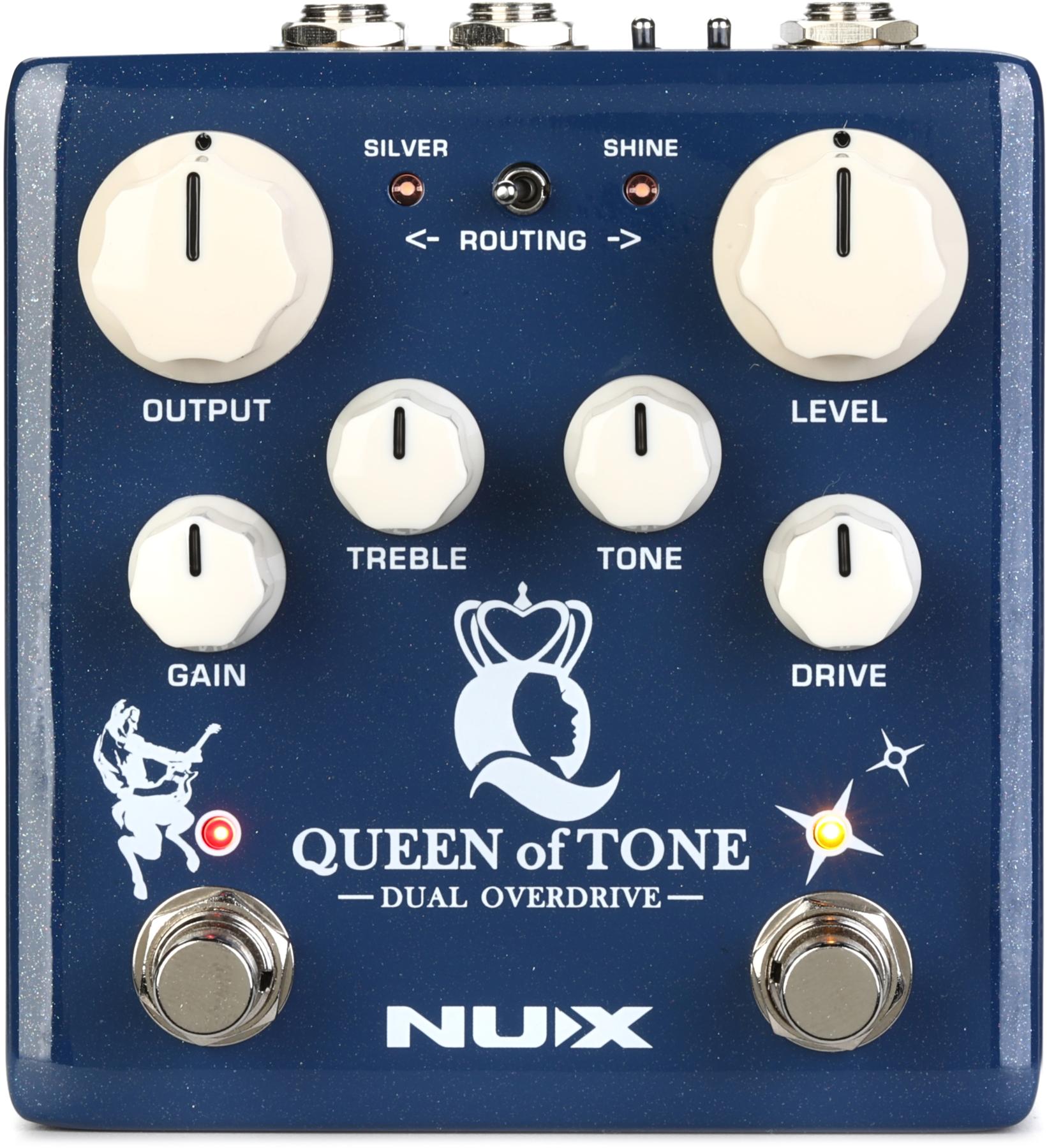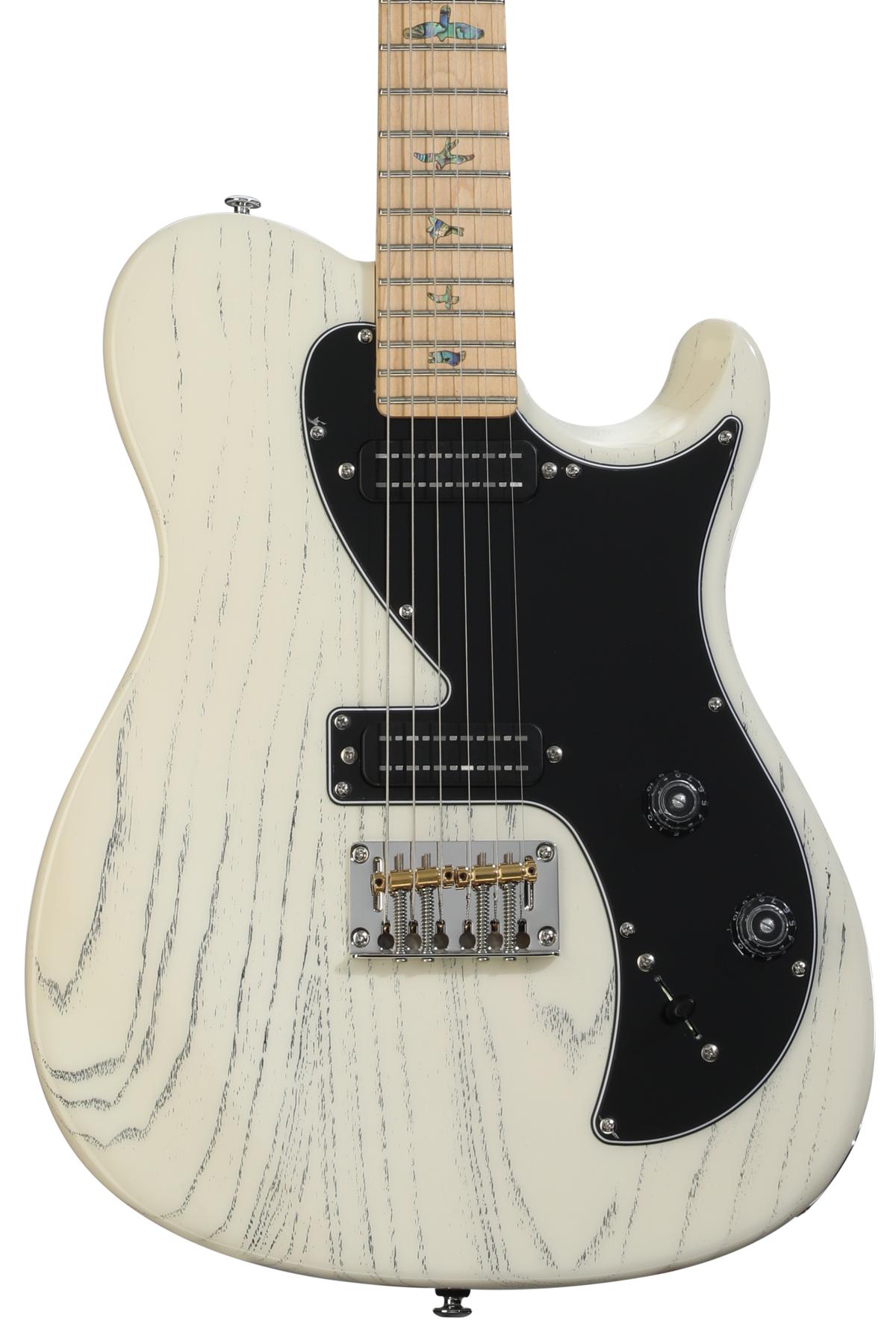When Strymon hit the scene in 2010, word spread that its classic-yet-futuristic-looking pedals adroitly straddled the line between analog simplicity and digital flexibility and power. Premier Guitar was among the first to take notice (we reviewed four of Strymon’s initial offerings in July 2010), and we were immediate fans. In fact, I happily plunked down cash for the lush, studio-grade tones of the Blue Sky Reverberator, and it’s been on my fairly modest board ever since.
What ambience fans loved/love about the Blue Sky is that its impressive plate, room, and spring simulations (as well as its modulation and shimmer modes) offer fidelity that’s rare in a digital stompbox—especially one that eschews the LED displays and deep-dive menus that are daunting to some of us 6-string simpletons. It’s relatively compact and modestly appointed with its five knobs. And the form factor packs a punch, too: Besides a standard bypass switch, the Blue Sky’s ingenious “favorite” footswitch let’s you toggle between two settings—a nice compromise of flexibility and simplicity.
Much has changed on the hi-fi time-based effects scene since then. Pedals such as Eventide’s Space and TimeFactor, as well as TC Electronic’s Nova pedals and Flashback X4 Delay, have all collectively blown minds with their depth, sound quality, and bang for the buck.
Not to be outdone, Strymon has now revisited the concept that arguably put it on the map: The new Big Sky takes the gorgeousness of the original and blows it, er, sky high with a deeper pedal that still offers intuitive operation for its 12 “reverb machine” algorithms and 100 banks of three nameable presets each. Among the studio-quality reverbs you’ll find plate, room, spring, and hall machines, as well as intriguing algorithms with names like bloom, cloud, chorale, and magneto. You also get cool features such as assignable spillover, reverb-persist, freeze, and infinite-sustain functions.
Bells and Whistles
Strymon knows how to make a potentially aggravating architecture highly navigable. If you’ve spent any time with other programmable guitar effectors, you’ll appreciate the Big Sky’s intuitiveness. Three footswitches select from the three corresponding patches in each of the 100 banks (kudos to Strymon’s engineers for not putting a gazillion unnecessary presets in each bank.) The switches are also spaced to let you scroll through the banks by either pushing the middle and leftmost switch (down), or the middle and rightmost switch (up). When you want to take the pedal out of your signal chain altogether, simply press the activated preset’s associated footswitch to engage a globally selected true or buffered bypass.
Big Sky’s leftmost knob selects from the 12 reverb types, while the eight other knobs—value, decay, pre-delay, mix, tone, param 1, param 2, and mod (for modulation)—are self-explanatory. To modify a patch, select it using the footswitches, then alter its settings by changing its reverb engine with the type knob, finely-tuning decay time with the value knob, or using the other knobs to taste. Per standard programmable-effect protocol, the param 1 and 2 knobs can be assigned to the two parameters deemed most useful in the selected preset.
The moderately sized, but very readable LED display at upper left clearly indicates which bank you’re in, and when you push the value knob and scroll through parameters, they display by name here.
Flying High Again
I tested the Big Sky with a Squier Vintage Modified Telecaster with Curtis Novak pickups, a D-tuned Schecter Ultra III with a TV Jones Magna’Tron in the bridge position, and a 2013 Japanese reissue of the Fender Bass VI plugged into a Goodsell Valpreaux 21 combo. At times, I engaged a Keeley 2-knob Compressor, a Pigtronix Fat Drive, and/or an EarthQuaker Devices Tone Reaper fuzz.
Scrolling through the reverb engines confirms that the Big Sky has all the pristine, dimensional soundscaping power of its predecessor, but exponentially greater in terms of sound types and processing power. “We love Blue Sky reverbs,” says Strymon’s Ethan Tufts, “but we're not ones to recycle existing sounds because it's easier. We could have easily ported-over tried-and-true algorithms, but instead we decided to use Big Sky as an opportunity to try out different methods of building reverb sounds.” Sound designer Pete Celi goes deeper. “The processing power of the SHARC chip in Big Sky is roughly equal to that of a Cray-2 computer from the mid 1980s, which weighed 5,500 pounds, took 195 kW to run, and cost $16 million.”
The thing to remember about Big Sky is that’s it’s not for guitarists fixated on whether digital can duplicate every nuance of the spring unit in their favorite vintage amp. Big Sky’s spring sounds are fantastic, but analog purists will probably always balk. Likewise, if you’re perfectly happy thinking of reverb as simple reflections off of finite, everyday surfaces, Big Sky might seem like overkill.
But if you view such notions as primitive, you may well find Big Sky addictive. It’s a virtual mad-scientist lab for players fascinated with the possibilities of audio signals bounced off unseen objects—then twisted, warped, chopped, and vaporized. Sure, it’s got all the predictably ethereal and otherworldly reverberations you could ask for: The hall sounds are some of the most seductively majestic I’ve ever played—with clean or crunchy amp tones, they surround a twangy Tele in mahogany-paneled grandeur. The bloom engine’s hint of reverse ambience and delicate fade into oblivion is the sonic equivalent of poppy-field ecstasy when you use a clean-toned axe.
Ratings
Pros:
Limitless (inter)stellar ambience possibilities. Otherworldly and authentic vintage tones. Near-perfect marriage of intuitive pedal design and robust digital capability.
Cons:
None—provided you have an insatiable reverb appetite and the budget to pay for top-shelf possibilities.
Tones:
Playability/Ease of Use:
Build/Design:
Street:
$479
Strymon Big Sky
strymon.net
The poofy, engulfingly gorgeous cloud tones are so heavenly and relaxing with a deep-sounding axe that they could cure insomnia. And magneto dishes out vintage multi-head tape-echo juiciness of the sort that made Strymon’s El Capistan a huge hit.
And yet, some of Big Sky’s most thrilling surprises are the ways in which it can mangle your signal. Those who revel in weird sounds tend to turn to shrieking octave fuzzes, speeding square-wave tremolos, squawking ring-modulators, or warped synth patches to create aural chaos. But few of us would think of turning to a reverb pedal for a taste of insanity. Big Sky aims to change that.
On the subtle end of the spectrum, cranking the mod knob on a room, hall, or spring setting induces wobbling psychedelic textures. With a clean amp tone, the squeaky-clean digital modulations from the shimmer engines might seem best suited for heavily processed fusion licks. But further experimentation with playing nuance and other effects in your chain opens the door to unusual sounds. Add a howling fuzz to the equation, play linear scalar patterns—paying particular attention to held notes and quirky bends—and suddenly Big Sky’s shimmer tones make you sound like Trevor Rabin having major issues with his harmonizer—and yes, we think that’s a good thing. Big Sky’s other engines are just as conducive to experimentation, and the key to these wonders is playing off the sounds it generates.
The Verdict
To be blunt, the Big Sky isn’t a reverb pedal for anyone looking for a 21st-century upgrade to that 30-year-old box on their board. Plain and simple, it’s for players and studio cats who treasure pristine ambience in a performance-ready tool and salivate at the thought of exploring uncharted reverb territories that are as idyllic, mind-boggling, and/or wondrously terrifying as the ear can imagine. At $479, it costs a chunk o’ change. But when you consider its power and extreme adaptability to any live or recording scenario, it’s actually a pretty damn reasonable deal.






















